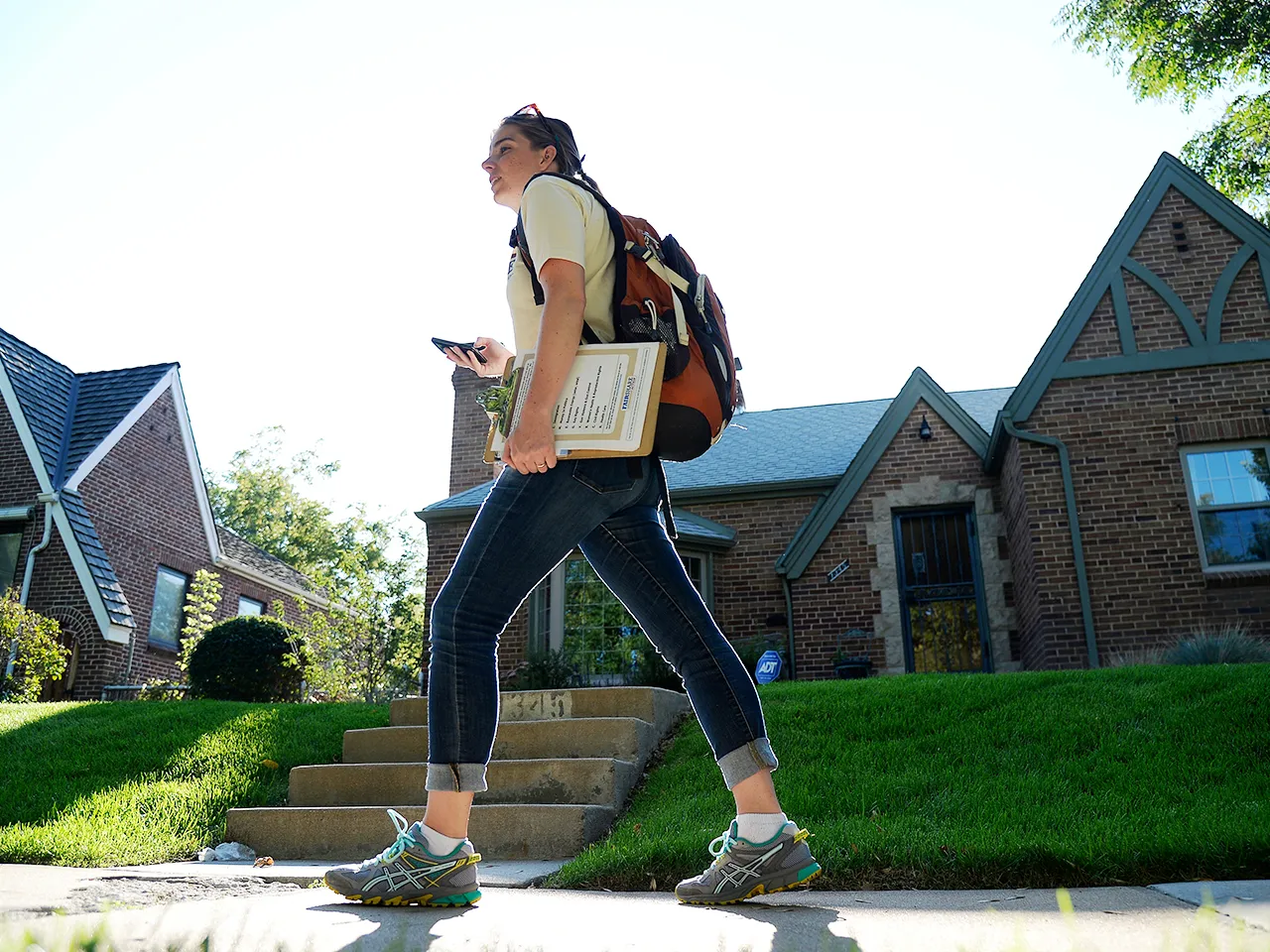Door-to-door canvassing remains a potent strategy for political campaigns to connect with voters on a personal level. However, successful canvassing requires careful planning, effective communication, and a positive attitude. Here are some tips to help political campaigners maximise their door-to-door outreach efforts during elections.
Plan Your Route
Before hitting the streets, plan your route strategically, considering local nuances and demographics. Research the neighbourhood to identify key areas and target demographics. Consider factors such as time of day, weather conditions, and local events that may affect residents’ availability and receptiveness. Mapping out your route in advance can help maximise your efficiency and productivity.
Be Prepared
Equip yourself by printing out your essential materials such as informational leaflets and campaign literature. Dress professionally and comfortably, and wear visible identification to establish credibility. Bring along a tablet or smartphone for electronic registrations or data collection, and ensure your devices are fully charged. Being well-prepared instils confidence and professionalism during interactions with voters.
Craft Your Message
Craft a concise and compelling message that resonates with voters, focusing on local issues or concerns. Highlight the policies or solutions your candidate or party offers, and tailor your message to address voters’ needs or interests. Practice your pitch beforehand to ensure it is persuasive and engaging during conversations.
Listen and Adapt
Effective canvassing involves active listening and adapting to voters’ feedback. Engage with voters, ask open-ended questions, and pay attention to their concerns. Be prepared to adjust your approach based on their feedback and preferences. Showing empathy and understanding can enhance rapport and engagement.
Be Respectful and Empathetic
Approach each door with respect and empathy, acknowledging voters’ busy schedules and personal concerns. Be polite, friendly, and non-intrusive, and respect their privacy and boundaries. If someone is not interested or asks you to leave, thank them for their time and move on without being pushy or confrontational.
Focus on Building Trust
View door-to-door canvassing as an opportunity to build trust and establish a connection with voters. Take the time to get to know voters on a personal level, and find common ground or shared interests to connect over. Building rapport can lead to long-term engagement and support for your candidate or party.
Follow Up
After your canvassing efforts, follow up with voters who expressed interest or requested more information. Send personalised follow-up emails or letters thanking them for their time and providing additional details or resources. Maintain regular communication to nurture relationships and keep voters informed about your candidate or party’s campaign.
Track and Evaluate Your Results
Keep track of your canvassing efforts by recording data such as the number of doors knocked, conversations held, and voter responses. Evaluate the effectiveness of your approach and identify areas for improvement. Use this feedback to refine your strategy and optimise future canvassing campaigns.
In Conclusion
Door-to-door canvassing can be a valuable tool for political campaigns to engage with voters and drive turnout during election periods. By planning strategically, practising effective communication, and demonstrating respect and empathy, campaigners can maximise the impact of their canvassing efforts and build lasting relationships with voters. With dedication and persistence, door-to-door outreach can yield positive results for candidates and parties seeking electoral success.
Keep an eye for more latest news & updates on Discover Tribune!



